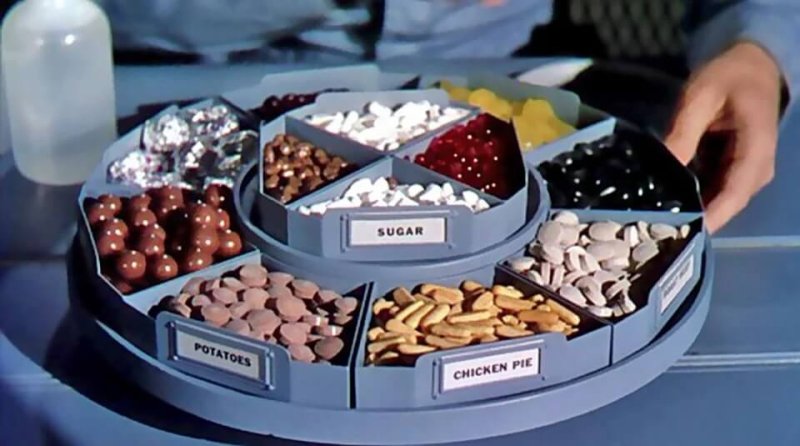To take a look at what the future of food might look like, we talked to experts to come up with menu predictions for the future.
For the years 2023 and 2024, scientists offered their insights on how food might change. But for 100 years from now—the year 2122—we spoke with people who were unafraid to make some bold claims: science fiction writers.
2032: 10 Years
Within the next decade, grocery stores will stock cell-cultured proteins. Stem cells are collected, put into bioreactors, and fed nutrients like glucose so that they grow into animal-free chicken, beef, pork, and even duck (as opposed to the meat alternatives we have today, which are very good imitations made with plant products). These proteins don’t need room to graze and expel methane, don’t waste uneaten parts of an animal, and are less likely to contain bacteria like salmonella. This is the beyond-Beyond burger.
…
2042: 20 Years
Personalized nutrition was the phrase I heard most from food industry experts, like the head of R&D at PepsiCo, which recently launched a sweat patch to tell you when you need more Gatorade (often). What 23andMe did for genetics, we’ll see in the nutrition and gut-health departments. Imagine a wristwatch that pings you when your sodium’s high. Cool! Creepy!































